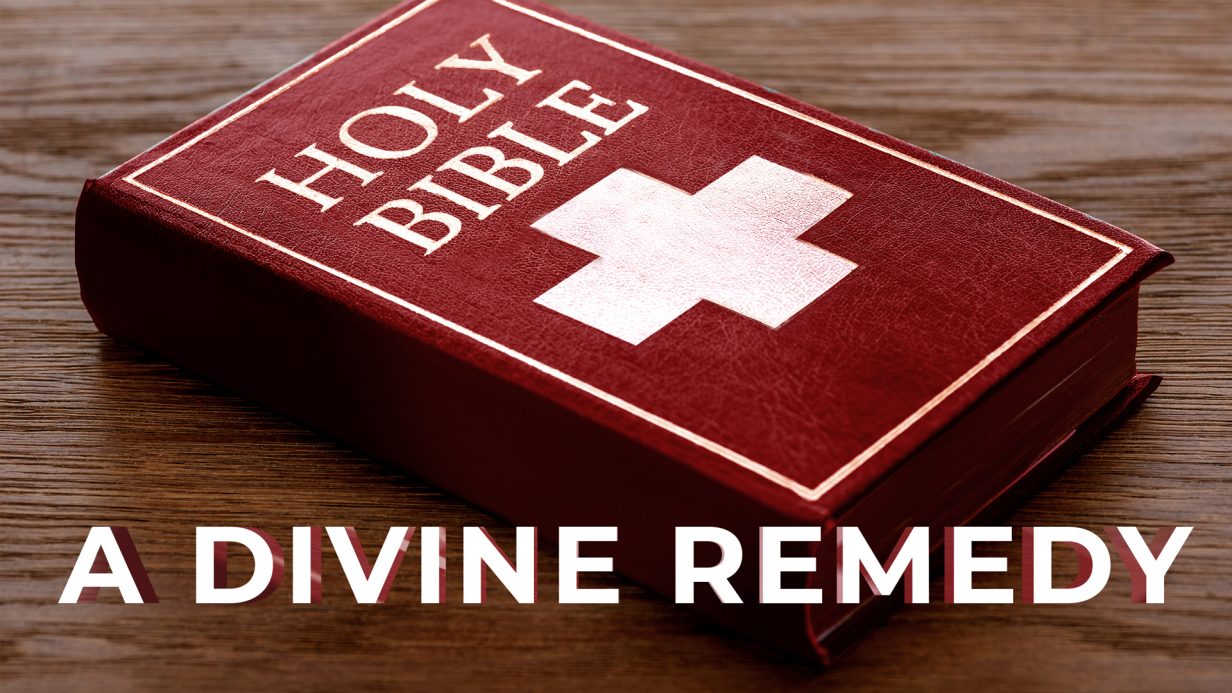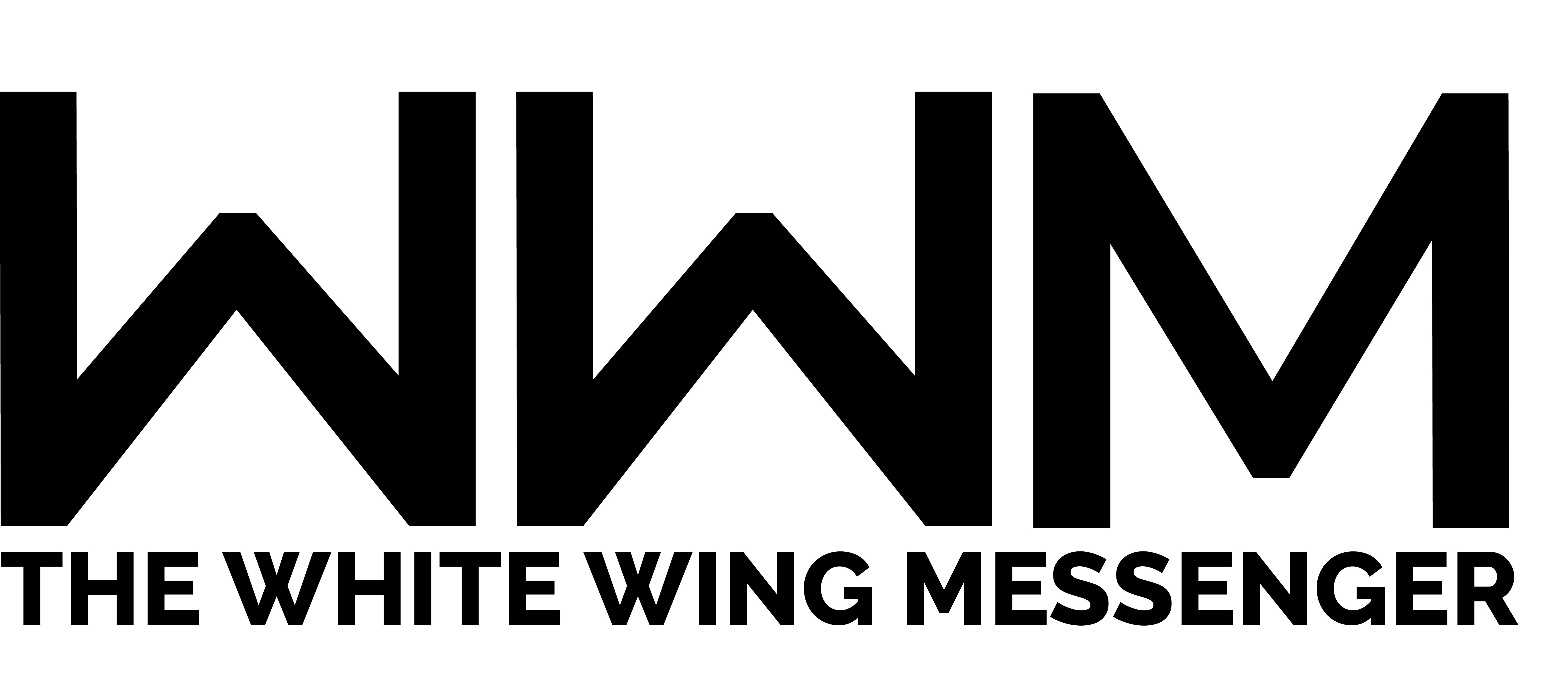
A Divine Remedy
Caleb Rackard | Collinsville, Alabama
From its beginning, Pentecostalism embraced miracles and divine healing as a major theme. It is an indispensable truth of the full gospel message. Jesus is Savior, Sanctifier, Spirit-baptizer, Healer, and soon-coming King. In his book, The Last Great Conflict, A. J. Tomlinson exhorted believers to “stand bravely for divine healing.” At times, the harsh reality of unanswered prayers and tragic circumstances will no doubt shake this theology. Tomlinson, however, would challenge Pentecostals to get back up. He argues that “divine healing is true [even] if we all die.” For over a century, this kind of tenacity along with the signs and wonders of the Pentecostal movement brought boldness and empowerment to the mission field, ignited revivals across the land, and offered the world an eschatological foretaste of heaven. With current medical issues, such as resistance to antibiotics, the opioid crisis, viral outbreaks, and mental health illnesses, the doctrine of divine healing must continue to be at the forefront of our theology and our practices.
When reading Scripture and testimonies from the early church, it would be hard to deny their celebration of miracles and divine healing. The death and resurrection of Jesus showed that salvation was for both soul and body. The same power that raised Jesus from the dead could cleanse them of their sins and tell them to arise and take up their bed and walk (see Mark 2:9). It was the healing miracles of the early church that brought many in the pagan world to Christ. Although this was the standard for centuries, miracles and divine healing eventually faded into a more obscure role. Donald Dayton notes this happened during a time when miracles were viewed as the marks of exceptional sainthood, and the anointing of oil was consigned to the sacrament of extreme unction. Even in the Reformation, where you might anticipate a revival of this doctrine, reformers were content to leave miracles in the past. Many have gone as far as to say that miracles served their purpose and therefore ceased. Tomlinson argues that it was the church that did the ceasing, and the Reformation should be as it is defined: “A return to a former good state.”
When done faithfully, the connection between salvation and healing can offer a rich theology of salvation. Amos Young speaks of “Pentecostalism’s holistic soteriology” that brings about spiritual life, bodily healing, and a community of Christian fellowship that is transformational on every level. For the individual, this brings a greater sense of God’s active presence. If God’s salvific reach goes beyond just marking souls as saved, but also extends to physical struggles, then God brings meaning and the potential for newness to every aspect of daily life. For Pentecostalism, divine healing has been a major contributor in the mission field. Early Pentecostals were urgent in reaching the lost, and with God as their healer, they were bold to face whatever sickness or injury they endured. Where cessationists left miracles in the past, Pentecostals held a renewed faith that signs and wonders would follow them.
The doctrine of divine healing is not without its challenges. The connection between salvation and healing brings some to the conclusion that a failure to be healed equals a lack of faith. Daniel Castelo notes that “Pentecostal and Charismatic Christians are often at a loss for how to make sense of their suffering. . . they often scapegoat others or blame themselves.” This issue was multiplied when the use of doctors, or seeking other remedies outside of prayer, was considered disobedience to Scripture. Tomlinson writes, it would be better to “die rather than go contrary to the plain teaching in God’s word!” This created a false dichotomy between healing and remedies. It should be noted that part of the reason for this was the unreliable and sometimes damaging medical practices of the early twentieth century. In many situations, doctors and their drugs could do more harm than good. John Christopher Thomas notes that Pentecostals were also responding to the way scripture portrays doctors but that Paul’s prescription of wine for Timothy’s illness (1 Timothy 5:23) could imply medical remedies as acceptable for use. This should encourage Pentecostals to adopt a more nuanced view of the relationship between divine healing and remedies. Pentecostals can trust that God has the power to use doctors, medicine, and other treatment as His own remedies to bring about healing.
This does not mean they should not use discernment. These reservations toward the use of medicine can offer a prophetic voice to the medical world and those who are susceptible to substance abuse. Remedies that are very effective can also be dangerously abused. The Center for Disease Control and Prevention reported that over 70,000 people died from drug overdoses in 2017. Well over half of these deaths involved prescription or illicit opioid.
Pentecostals can be a prophetic voice to the world that is dying. They can rebuke and reprove the world systems that only mask the symptoms and numb the pain. Their prophetic voice can speak a hope and anticipation of a new world soon to arrive. Steven Jack Land notes that the early Pentecostals were not discouraged when everyone they prayed for was not healed. “They simply kept praying and expecting the coming of the Lord. . . If God did not raise them now, he would soon.” This eschatological hope of a soon-coming King is the exact hope those caught in a battle of managing and enduring pain need to hear.
In conclusion, the doctrine of divine healing is an indispensable theme within Pentecostal spirituality. From its holiness roots, Pentecostalism has embraced a belief in divine healing. This belief is interconnected to the other great themes of Pentecostalism. This doctrine helped offer a holistic soteriology that encompasses the entire life of the believer. It brings more depth to sanctification and might provide some insight as to how and when the process of sanctification occurs. Divine healing is part of those signs and wonders that followed those who are empowered by the baptism of the Holy Spirit, and it is a foretaste of what is about to come.
For the current issues, advocates of divine healing can trust that God can use modern remedies, but also be a prophetic voice to the medical world and those suffering. These advocates can also create a community for confession and deliverance that is continuously praying and interceding for those in need. Whatever remedies He may use, Jesus is a Savior from the corruption of disease, Sanctifier of the afflicted, a Baptizer of the intercessors, and the one we confess as soon-coming King.

